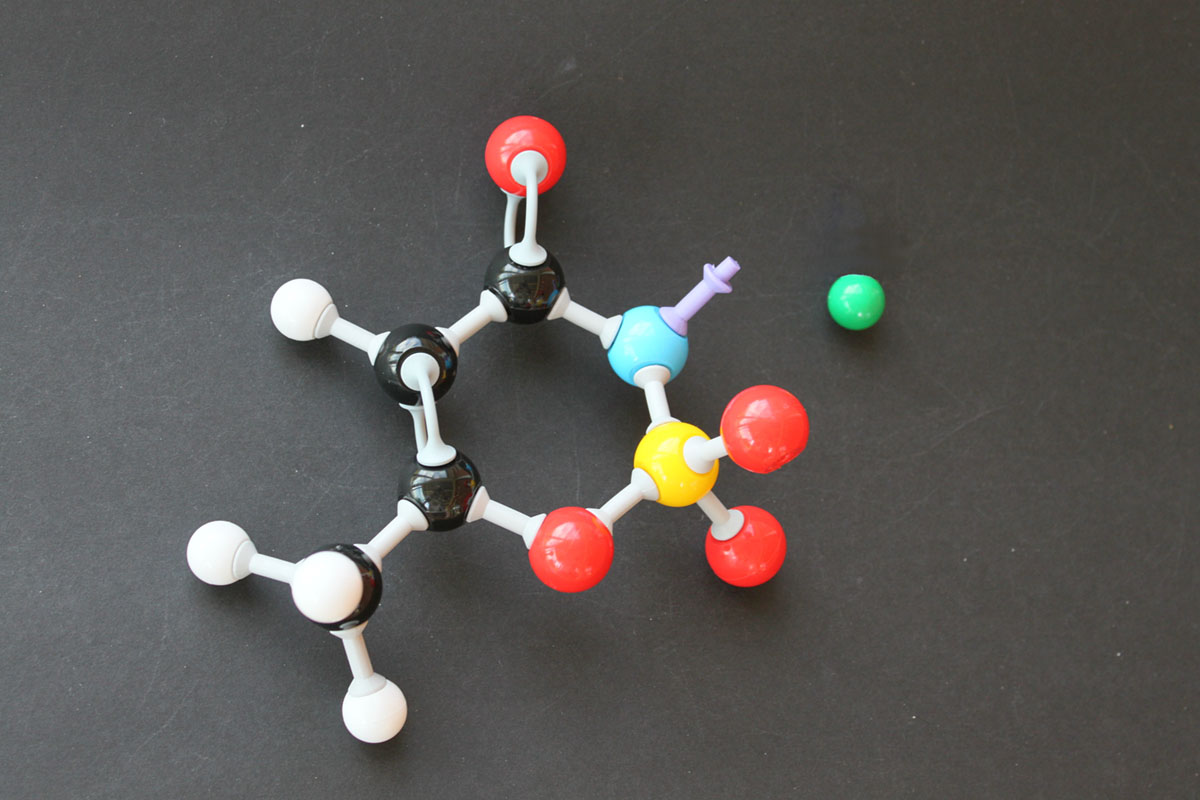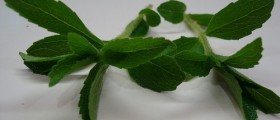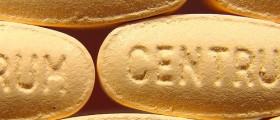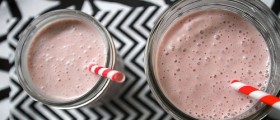Acesulfame potassium is an artificial sweetener and it is one of the basic ingredients commonly found in numerous different types of the products such as yogurt, gums, soft drinks and so on.
It is a good decision to be fully aware of potential dangers that may be associated with acesulfame potassium and many other variants of artificial sweeteners. Acesulfame potassium gets produced from the acetoacetic acid and it is up to 200 times sweeter than the ordinary, table sugar.
Artificial Sweeteners are all around Us
Among other similar types of sweeteners, acesulfame potassium sweetens different types of food without adding any fat or calories. It got discovered accidentally in 1967 by a German chemist Karl Clauss.
The United States started using it as a sugar substitute in 1988. Acesulfame potassium is approved for general purpose as a sweetener by the FDA, but there are still some speculations which question its safety. There are certain sources which claim that it may be harmful. All the speculations are based on animal testing.
The sources that claim that acesulfame potassium may be potentially dangerous also claim that the substance may also have certain carcinogenic properties. In one study the female rats were fed with acesulfame potassium and they were twice as likely to develop tumors on the breasts as those which were not fed the artificial sweetener.
The substance may be harmful because it can also trigger certain medical disorders such as lung tumors, severe chronic respiratory diseases and leukemia as well. One of the substances used for the production of acesulfame potassium is methylene chloride. It is an agent which is also used as a propellant, de-greaser and paint stripper. It may also be used for the de-caffeination of tea and coffee.
Certain studies have shown that it also makes all side effects of acesulfame potassium even more potent. That is the main reason why numerous different manufacturers of acesulfame potassium search for different types of alternatives.
- We found that extended ACK exposure (40 weeks) in normal C57BL/6J mice demonstrated a moderate and limited influence on metabolic homeostasis, including altering fasting insulin and leptin levels, pancreatic islet size and lipid levels, without affecting insulin sensitivity and bodyweight. Interestingly, impaired cognitive memory functions (evaluated by Morris Water Maze and Novel Objective Preference tests) were found in ACK-treated C57BL/6J mice, while no differences in motor function and anxiety levels were detected.
- The generation of an ACK-induced neurological phenotype was associated with metabolic dysregulation (glycolysis inhibition and functional ATP depletion) and neurosynaptic abnormalities (dysregulation of TrkB-mediated BDNF and Akt/Erk-mediated cell growth/survival pathway) in hippocampal neurons. Our data suggest that chronic use of ACK could affect cognitive functions, potentially via altering neuro-metabolic functions in male C57BL/6J mice.
- In the present study, we also suggested that ACK-induced hippocampal T1r3 subunit suppression may be one of the potential mechanisms for the neurometabolic changes observed in ACK-treated mice. The results from our current study and a follow-up pilot study, to a certain extent, support this hypothesis. First, we found that the T1r3 KO mice failed to sense ACK in our standardized gustatory tests, which indicates that an intact and functional sweet taste receptor plays an important role in detecting lingual presence of ACK.
- Interestingly, we found no significant decrease of T1r3 mRNA in the hippocampus of ACK-treated mice. In contrast, we found a pronounced reduction of T1r3 protein expression in hippocampus of ACK-treated mice. One potential reason for our findings may be linked to the effects of sustained ligand binding and activation upon receptor stability and down-regulation. For the majority of G protein-coupled receptors (GPCRs), ligand stimulatory events are terminated by various molecular mechanisms targeting the ‘active’ ligated GPCR to prevent excessive deleterious cell stimulation.
The sweetener also produces a certain stimulation which leads to a release of insulin and aggravation of the feelings of low blood sugar. It may also trigger some abnormal food cravings. This occurs because it actually confuses the satiety signals which also may lead to excessive craving for sweets.
A person may also start feeling less satisfied by consuming healthy foods such as fruits and vegetables. Acesulfame potassium is as sweet as aspartame and is actually one quarter as sweet as sucralose. It is also as half as sweet as saccharin. It stays the same when exposed to heat, basic and acidic conditions.
Generally, acesulfame potassium is just a single form of artificial sweeteners which are found in almost any processed food we get in contact with. Through consuming these types of food we risk jeopardizing our health, especially if the artificially sweetened food is our main choice in the long run.
Saccharin was the First One on the Market
For those who have a constant battle with excessive weight or certain health problems, artificial sweeteners are usually a part of the daily routine.
Among all low calorie artificial sweeteners available at the market nowadays, saccharin is the oldest one. All artificial sweeteners are constantly advertised as the healthier alternative to the ordinary sugar.
Saccharin is a actually a synthetic compound characterized by a sweet taste and its main purpose is to be a substitute for sugar. It is up to 700 times sweeter than the common sugar and it contains no calories at all. Its main component is called benzoic sulfinide. Some dislike saccharin because it is known for leaving a slightly metallic and bitter aftertaste. Saccharin was discovered by a scientist called Constantin Fahlberg in 1878 while he was working on certain coal tar derivatives. Saccharin became commercially widespread during World War I, and finally people started paying attention to its health benefits after World War II. People often use saccharin in combination with other artificial sugar alternatives. It is used with aspartame in most diet soda products.
Moreover, saccharin was one of the most important discoveries for those who suffer from diabetes because it passes through the human body without being digested so it does not interfere with insulin and the levels of glucose in the blood, serving certain purposes in pharmaceuticals and cosmetics too.
Numerous debates within the scientific community have questioned the safety of saccharin and many scientists have claimed that it can cause cancer, among other ailments. The officials of many countries tried to ban the public use of saccharin but in the end they failed. It could still be purchased if its packaging contained a warning that informed the consumers about its health hazards. Multiple studies have shown that it is safe for consumption so the warning labels are no longer attached to its packaging since 2000.
To sum up, both acesulfame potassium and saccharin are potentially dangerous artificial sweeteners which can be found in numerous food products we consume on a daily basis. However, due to the fact that the two may increase the sweetness of a product up to 700 times and because of the chemicals which allow them to do so, most artificial sweeteners are considered bad for our health, triggering various diseases when consumed in the long run.
Thus, be careful with these artificial sweeteners and read the labels on the products you use in order to know what to avoid and which food intake to regulate properly, avoiding the potentially harmful effects of the above mentioned sweeteners.


















Your thoughts on this
Loading...